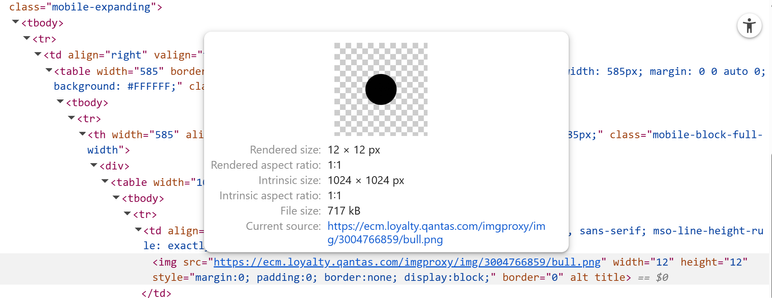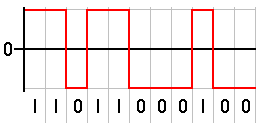To: Alex Rice HackerOne CTO
Hi again,
The level of input crap keeps increasing - both with and without the use of AI. We are now discussing completely dropping our bug-bounty as a means to perhaps slow down the flood.
We could really use some better tools from HackerOne to make it harder for slop to get filed.







